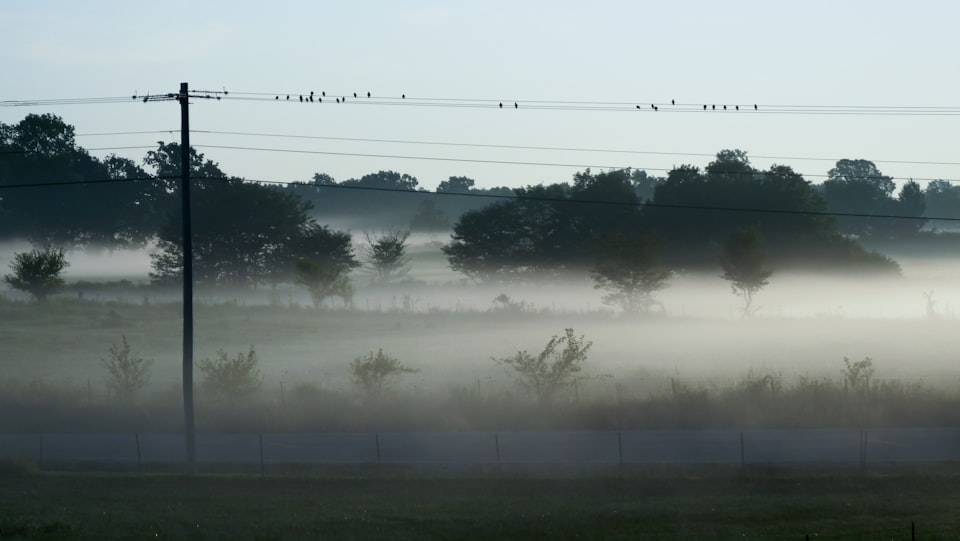Copper price trims Chorus profit, dividend returns

Chorus posted a lower profit for 2015. In a statement chief executive Mark Ratcliffe said the fall was due to the lower regulated copper price.
What he didn’t say is the numbers could have been much worse. The company dodged a bullet, maybe more than one, when the Commerce Commission ruled to cut the copper access fee by less than its first draft price.
Even with a higher regulated price the company suffered. In the last six months of 2015 Chorus made an after-tax profit of $33 million. That’s almost half the $64 million made in the same period a year earlier.
Chorus owns the local copper network and sells access to internet service providers like Spark, Vodafone and CallPlus. The price it can charge is fixed by the Commerce Commission.
Copper wrangling
It took almost three years of wrangling to decide the regulated copper price. Most observers and analysts regard the final price as a Chorus win, although that’s not how the company spins it.
While this was taking place Chorus suspended dividend payments to shareholders. With the new price in place these have resumed.
The company says it expects to pay a dividend of 20 cents per share for 2016. There will be an interim payment of 8 cents in April.
Investors seem pleased. Chorus shares were up almost five percent immediately after the announcement.
In a letter to shareholders chairman Patrick Strange noted two other highlights:
Ultra-fast Broadband (UFB) build is now complete for 48% of planned premises, including seven towns, and the Rural Broadband Initiative (RBI) rollout is almost complete. These programmes have now brought better broadband within reach of about 646,000 consumers nationwide.
Demand for fibre continues to increase and more than 112,000 mass market consumers have now been connected to fibre services. Growing numbers are opting for a 100Mbps service or better.
A slide in the results presentation shows how fixed line connections are moving fast from copper to fibre. Meanwhile, the average throughput per user is climbing at a rapid rate.

Member discussion